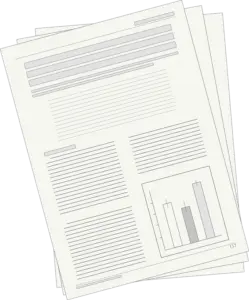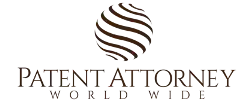Patentability search or Novelty search
“A patentability search is a comprehensive investigation conducted to determine the potential patentability of an invention. It involves searching existing patents, publications, and other sources to assess if the invention meets the criteria of novelty, non-obviousness, and industrial applicability. It helps evaluate the chances of obtaining a patent and it saves costs by avoiding the filing of fruitless patent applications.”
Table of Contents

This would be a comprehensive search performed by patent practitioners to find out patentability of your innovative idea. Similar to the brief preliminary search that we have performed in the idea incubation phase, this search also have the objective to find out the closest possible prior art related to our invention.
but unlike our brief search the patent practitioner goes into most comprehensive and detailed search as possible. The patentability search involves
The patentability search involves
- advance keyword search tactics
- classification search
- search by company name or assignee
- combination of different strategies in a single search query
- searching forward and backward reference of a good prior art
- search in different patent databases
- Patent applications that are published
- Patents that are granted
- non-patent literature like articles blogs websites
- IEEE papers and non-patent literature search
- products and services available in the market
- and other relevant platforms in the domain of your invention
The patentability search is aimed at finding out the novelty and nonobviousness of your invention. The novelty can be answered quite objectively, if all elements of our invention are found to be present in a single prior art document then our invention might not be novel.
But finding out non-obviousness is a bit tricky. We need to make a judgment whether elements of our invention present in different prior art documents (not a single document) can be combined to arrive at our invention?
In simple words, the question is, was it obvious for a person skilled in the art to combine multiple prior art documents and arrive at our invention?
Since the novelty search identifies the closest possible prior arts relating to your invention, by reviewing the results found, an opinion about the patentability of your invention may be provided by the Patent attorney.
it takes about 4-6 days for a patent professional to do a comprehensive patentability search and create a Patentability search report.
In the report, the results of this patentability search are closely analyzed and map against the elements of our invention. It is important responsibility of inventor to help patent attorney to identify how our invention is different and or improved from the results that are cited in the patentability search report.
The cost: the attorney fee for conducting a patentability search or novelty search is ₹ 15000 or ( USD 180 )
The ideal case would be some aspect of our invention is solving a long-standing problem that the prior art patents failed to solve. This would prove strong evidence to prove non-obviousness of our invention.
Opinion on patentability
Based on the result on patentability search patent attorney give an opinion about the patentability of your innovative idea:
Negative opinion:
If there are results in patentability search report which are similar to your invention and there is no novelty in your innovative idea compared to existing knowledge. That is the innovative idea is already known to public and there is no novelty. then a patent agent or attorney might advise you not to go for patent filing as your innovative idea is lacking novelty. This will save you a lot of time and costs that you otherwise would be incurring on filing patent application for an idea that would not result in granted patent.
Neutral opinion:
in this case the patent agent/attorney is of the opinion that your invention stands a fair chance of winning patent for some aspects of your invention which are found to be novel and have inventive step based on results in the patentability search. You may receive some objections from the patent office yet by responding to it you may get patent for your invention.
Positive opinion:
this is when your invention has some features that are novel and non-obvious that is seems to be having inventive step when compared with existing knowledge and prior arts found in the patentability report. This is a positive sign and patent agent or attorney might advise you to go ahead for patent filing.
Advantages of a patentability search
- Patentability search help us in identifying the closest possible prior arts which are likely to be found by the examiner at the examination stage of the patent application. Hence considering these prior art before writing patent application increase chances of getting patent granted.
- The identified prior arts are mentioned in the references and our invention is established as a solution to a long-standing problem that is not yet solved. such an approach creates good chances of proving an inventive step that is the solution our invention has provided was not obvious to a person skilled in the art as the problem is existed for so long. Hence it is useful in proving novelty and inventive step which improves the chances of getting a patent granted for our invention.
- And ultimately patentability search also saves a lot of unnecessary costs, efforts, and procedures in filing the patent application for invention which doesn’t stand a chance of surviving patentability criteria and would be rejected anyway.
